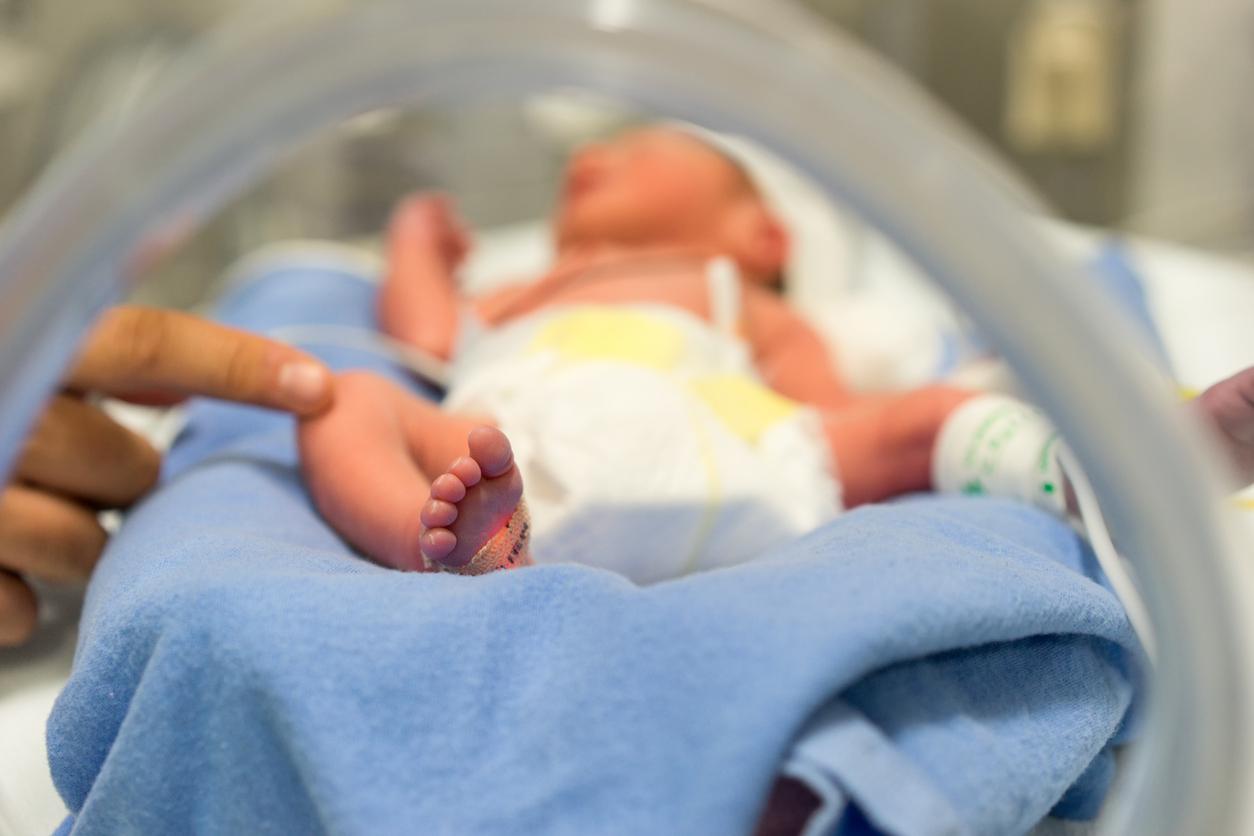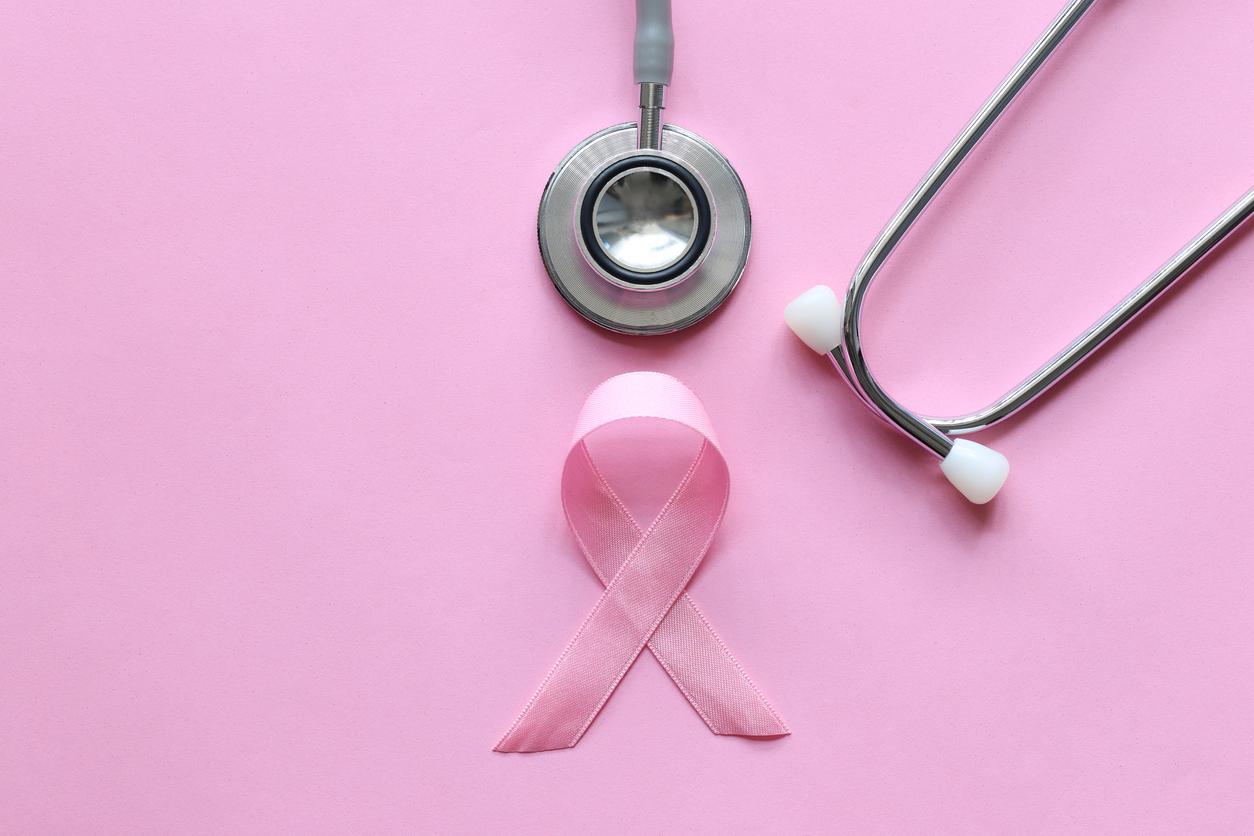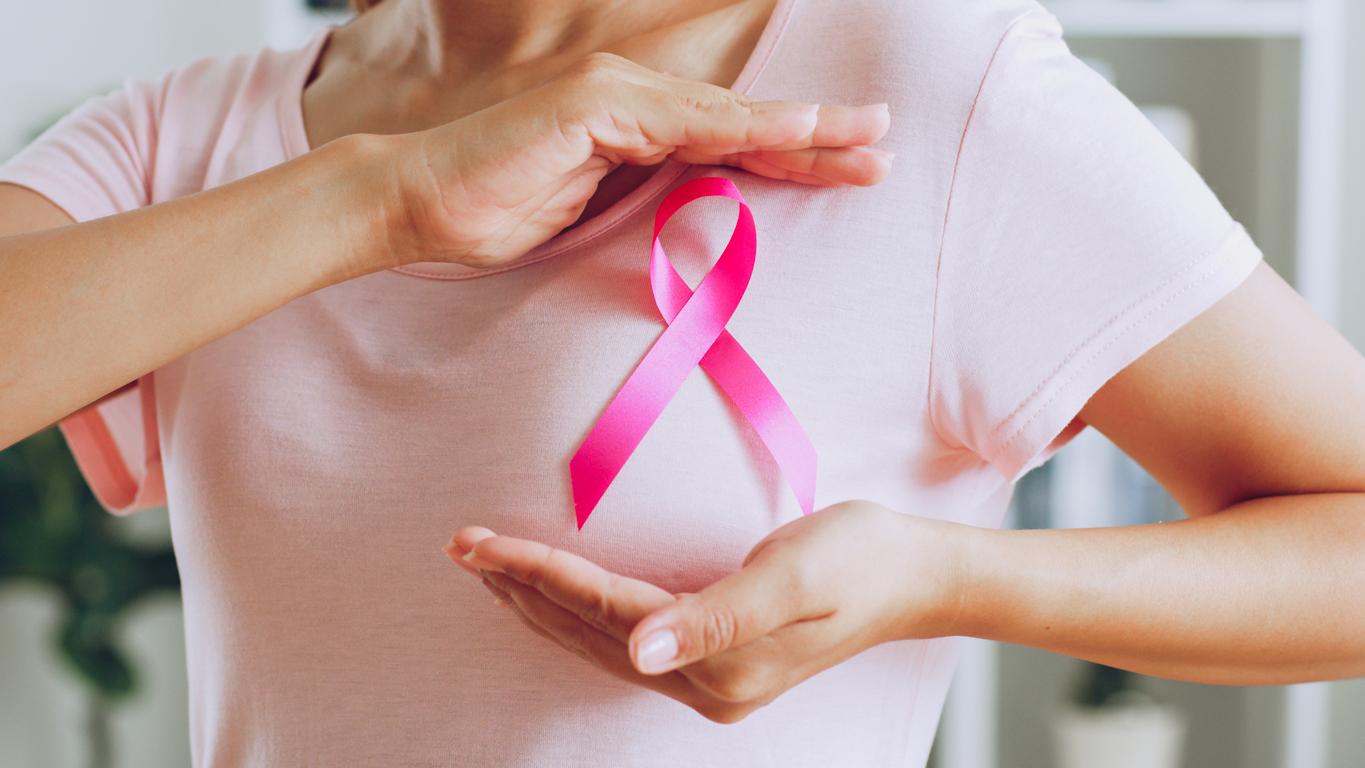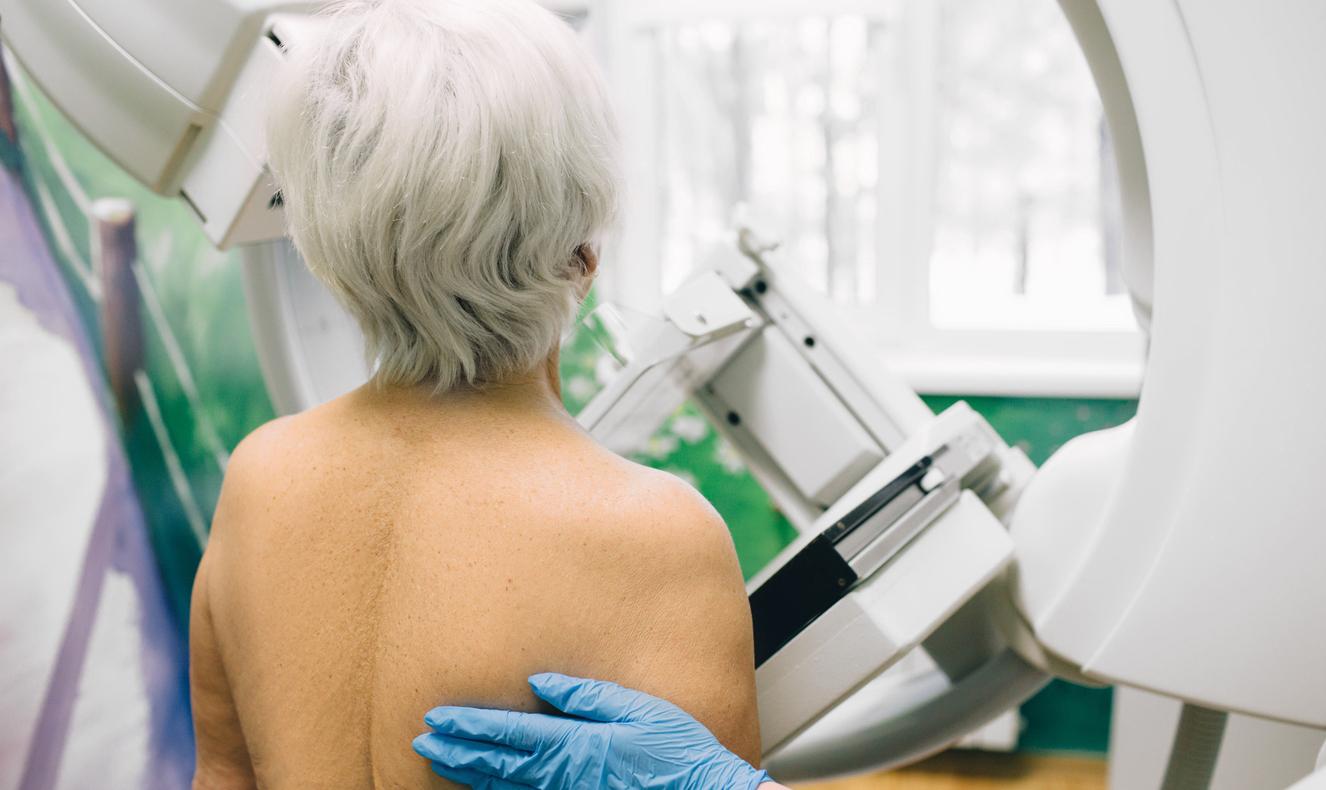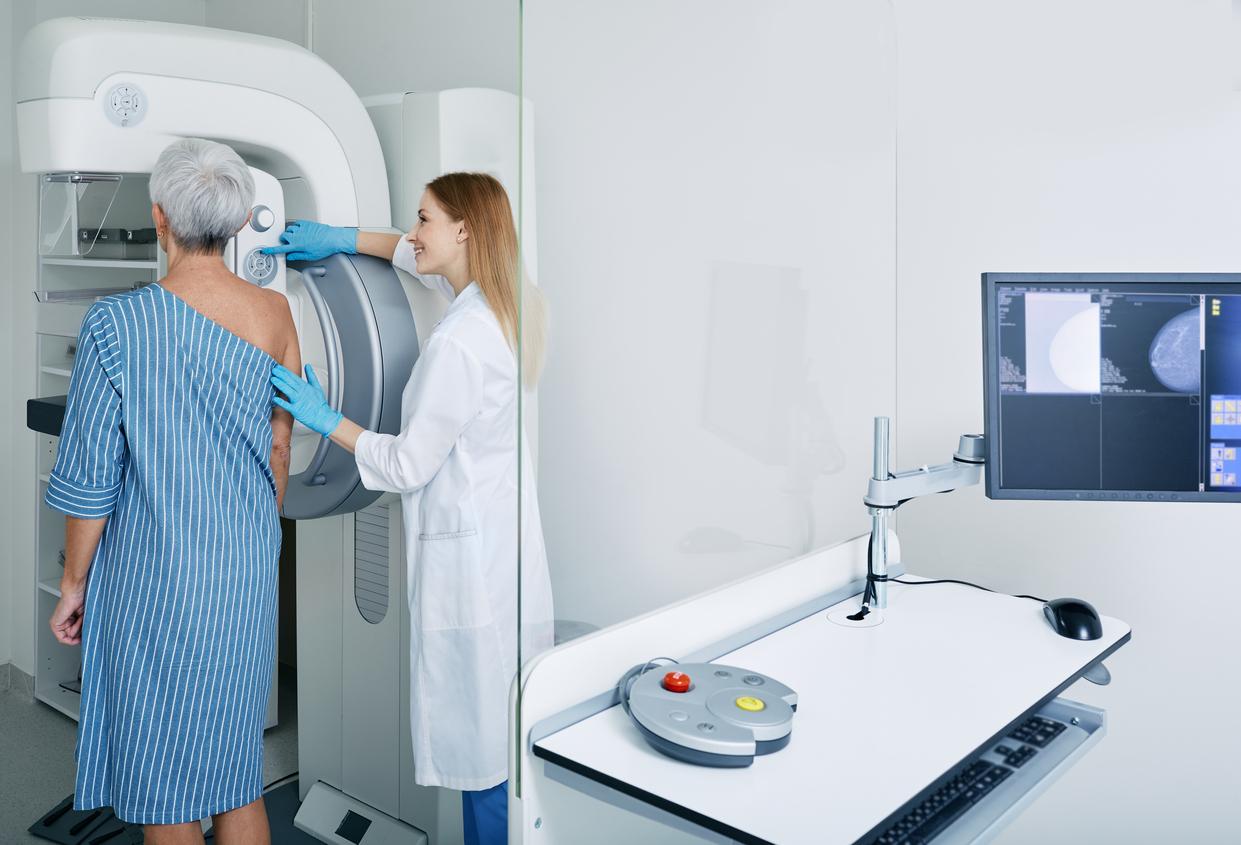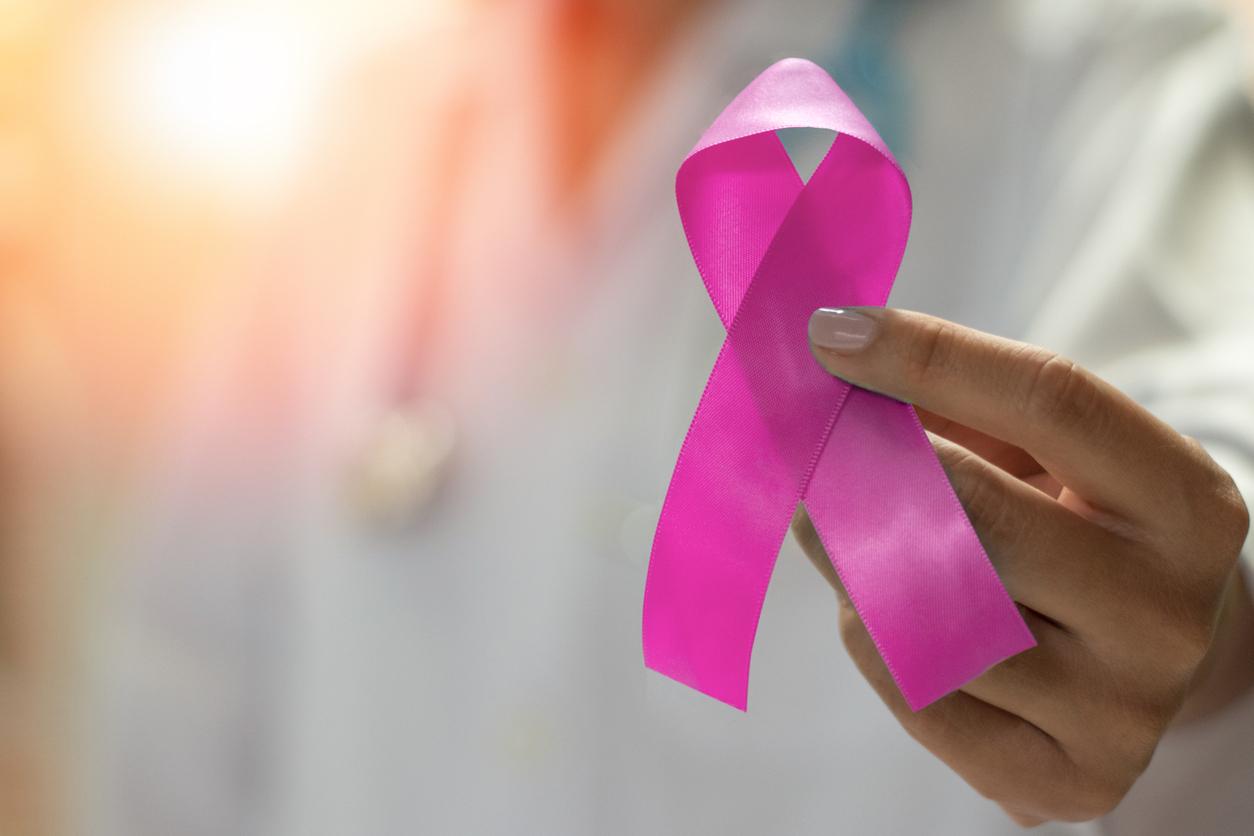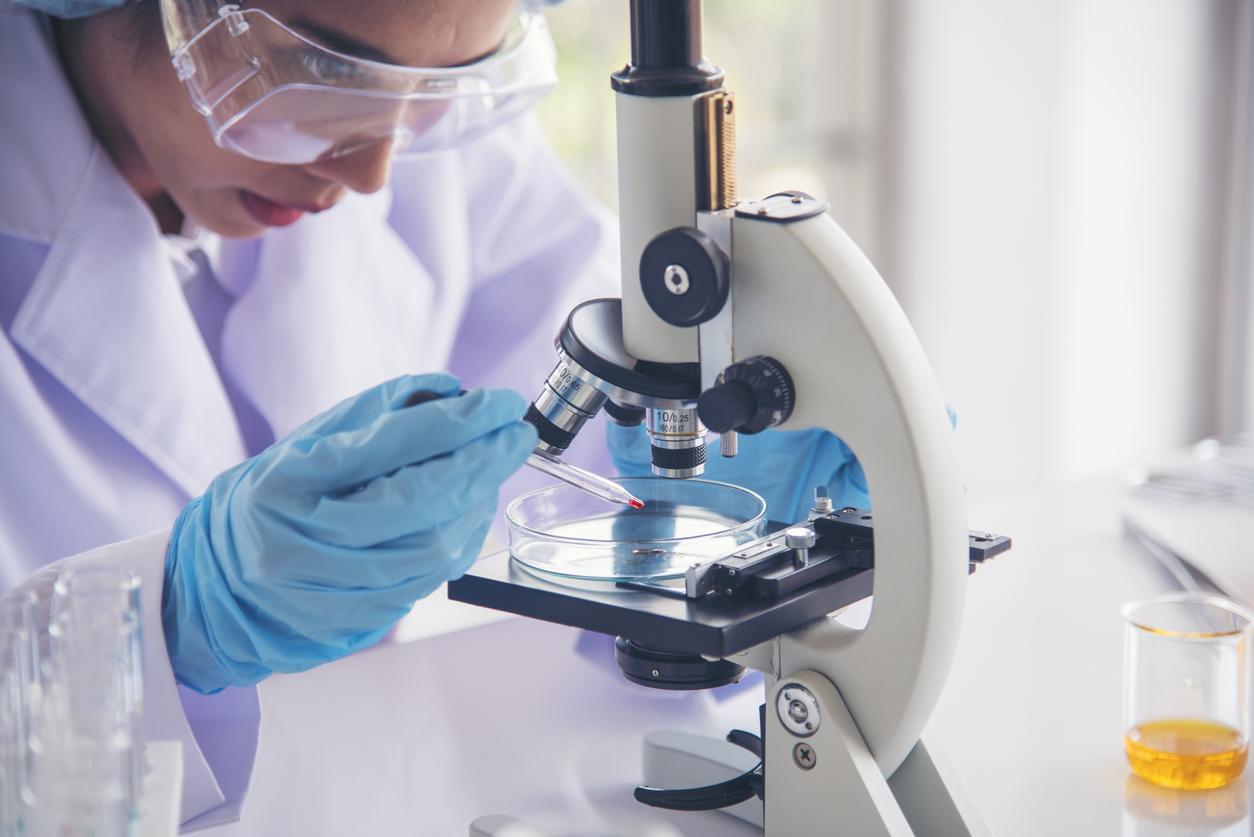The identification of the AAMDC hormone receptor, which allows tumor cells to survive, offers therapeutic hope for women who suffer from a very aggressive form of breast cancer whose chances of survival are only 50%.
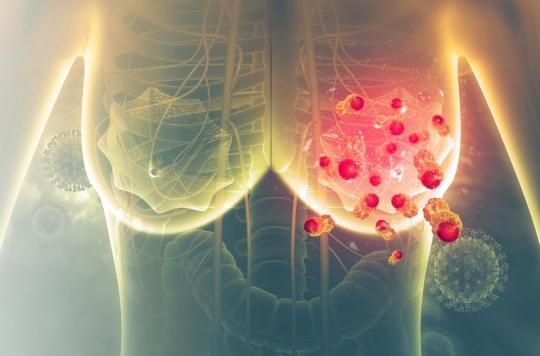
- The AAMDC gene protects tumors from hormonal treatments against cancer and prevents the recovery of patients.
- Lowering its level inhibits and kills cancer cells.
- AAMDC is also found in other cancers, such as ovarian, prostate and lung cancers.
Some patients suffer from a very aggressive form of breast cancer. Cancers whose tumors are larger and where metastases develop more quickly in the rest of the body. Their vital prognosis is terrible since half of them do not survive. A therapeutic hope has been identified by Australian researchers. In a scientific article published on March 26 in the journal NatureCommunicationsthey show how the AAMDC hormone receptor plays a key role in allowing the tumor to survive in the organism of these patients.
A surprising discovery
To identify this gene, the researchers first focused their research on a part of a chromosome already known for its oncogenes, genes that can potentially cause cancer. They then turned to a subgroup of breast cancers, called IntClust2, whose tumors are characterized by a particularly fragile piece of DNA, located on chromosome 11. This subgroup presents very poor results in terms of vital prognosis for patients and ranks second to last in this category among the 10 existing subgroups, each with its own genetic modifications and evolution prognosis.
In chromosome 11, we find the AAMDC gene which interested the researchers. The latter analyzed 119 samples of this chromosome and observed that this gene is amplified in 25% of tumours. They then turned to mouse models to better understand the role of AAMDC. By lowering levels of this gene in rodent breast cancers, they found that cancer cells are both inhibited and die more.
Moreover, depriving the mice of estrogen led to the triggering of a signal that causes tumor growth. This discovery came as a surprise to researchers in this type of so-called estrogen-responsive breast cancer. Usually, when cancer cells are deprived of estrogen, they tend to shrink. This allowed the researchers to understand that the AAMDC protein is capable of reprogramming the metabolism of cancer cells, activating their growth and making the cells more adaptable even when estrogen is lacking.
A survival kit
This gene protects tumors from hormonal treatments against cancer and prevents the recovery of patients. “AAMDC can protect cancer cells and maintain their growth in cases where the tumor does not receive many nutrients and when it is deprived of estrogen which, precisely, would eliminate the majority of hormone-dependent cancersprecise Pilar Blancafort, an epigenetics researcher from the Harry Perkins Institute of Medical Research, who participated in the study. This is why we believe that the function of AAMDC in the tumor is to act as a kind of survival kit, which allows tumors to adapt to conditions and support their growth as well as the multiplication of cancer cells..”
In addition, AAMDC is found in other cancers, such as ovarian, prostate and lung cancers. The discovery of its role makes it possible to imagine therapeutic options for these different cancers. “VSImportantly, these cancers can now be found by looking at the levels of AAMDC in cancer cells.”, adds the researcher.
.







